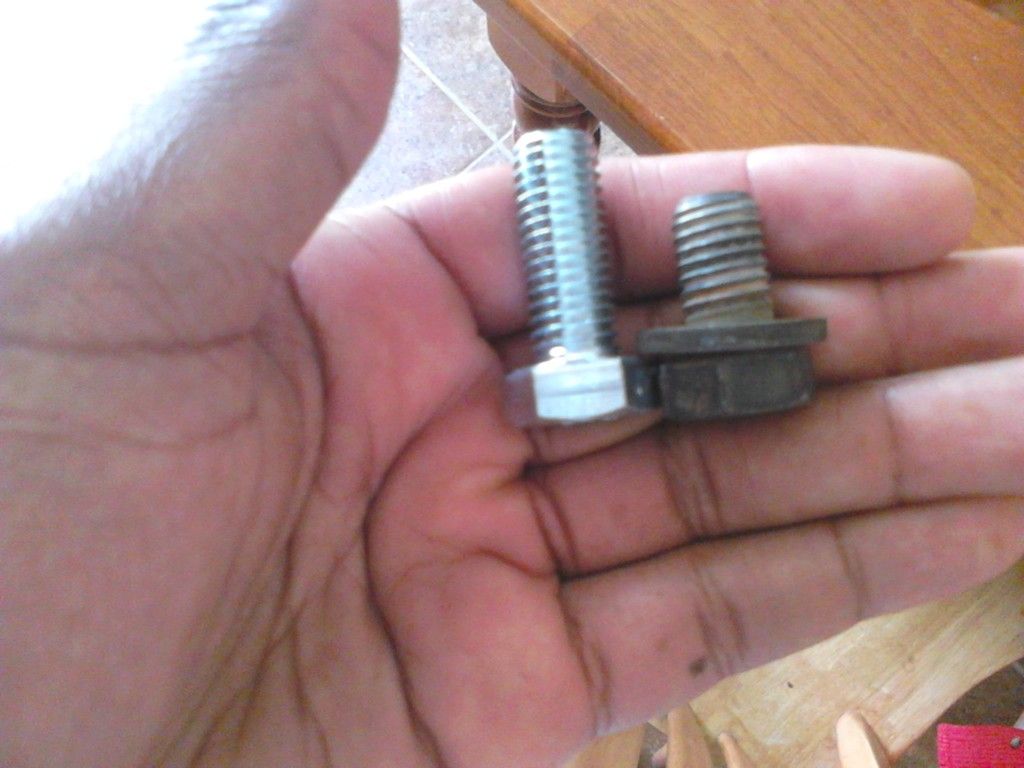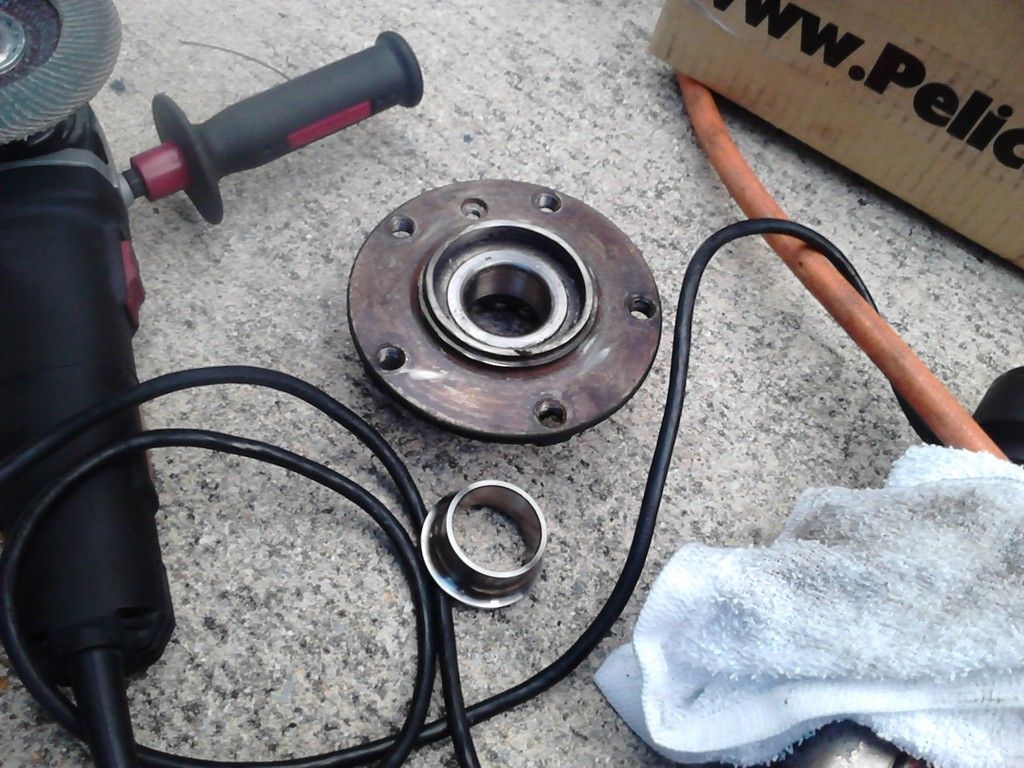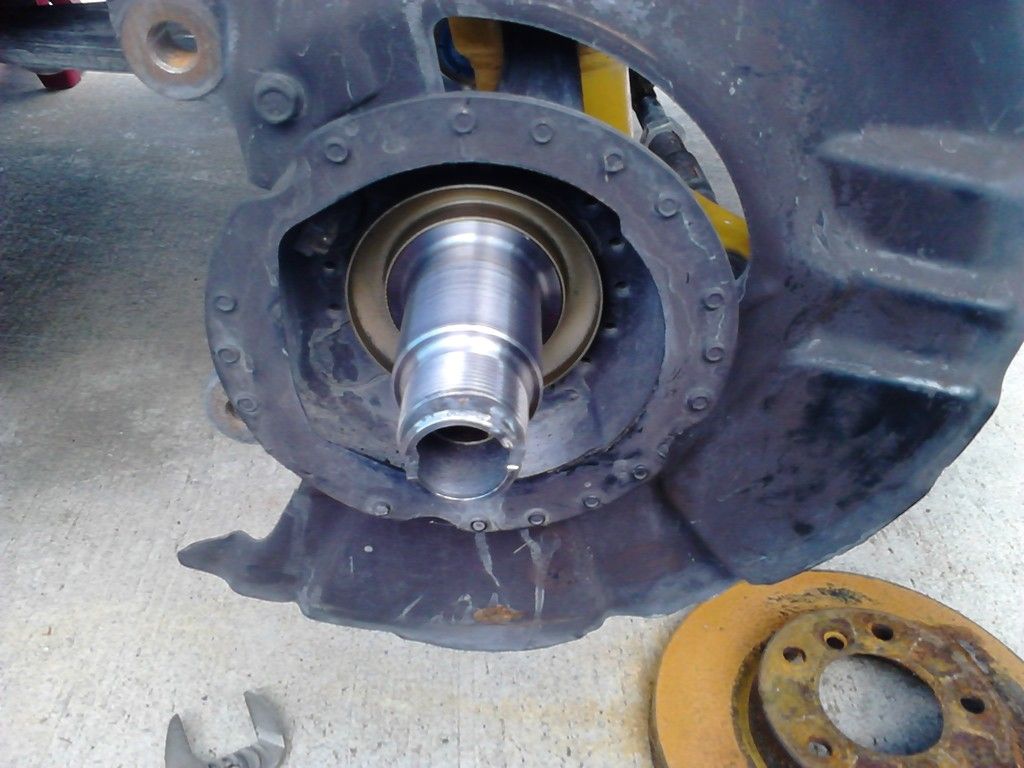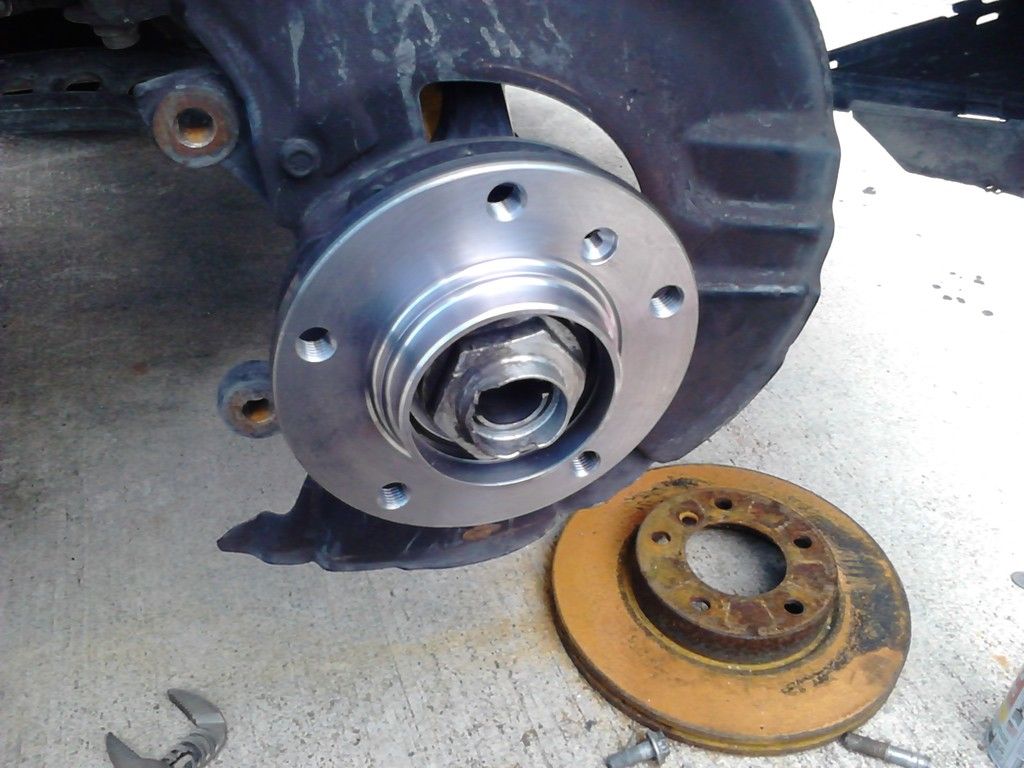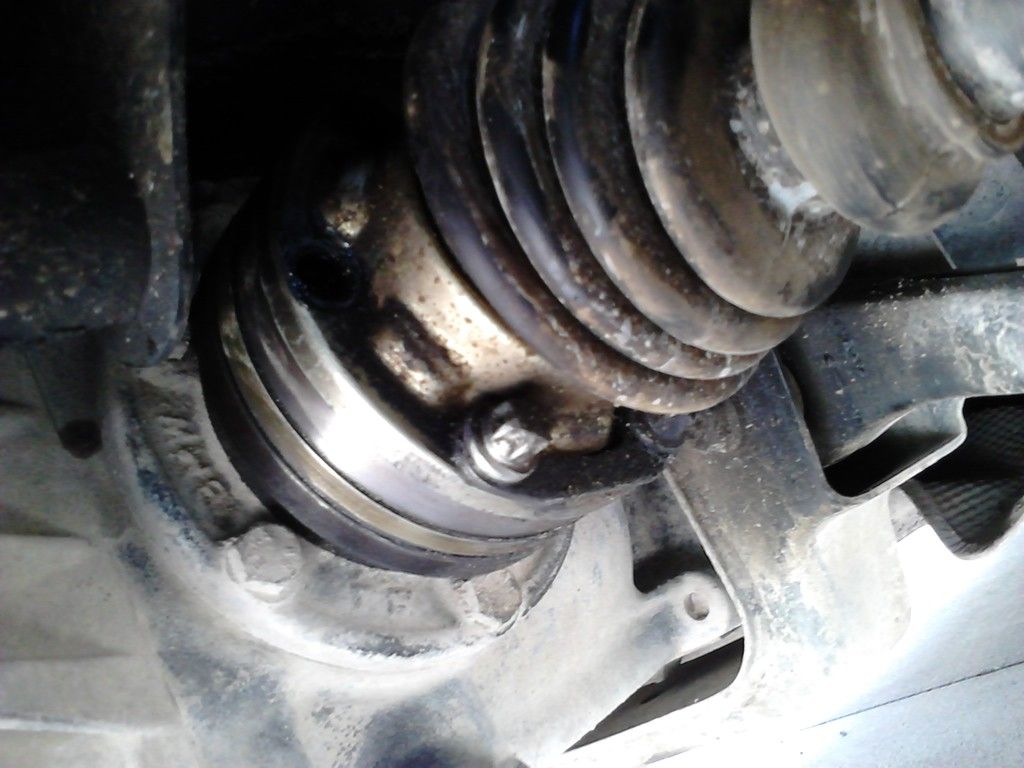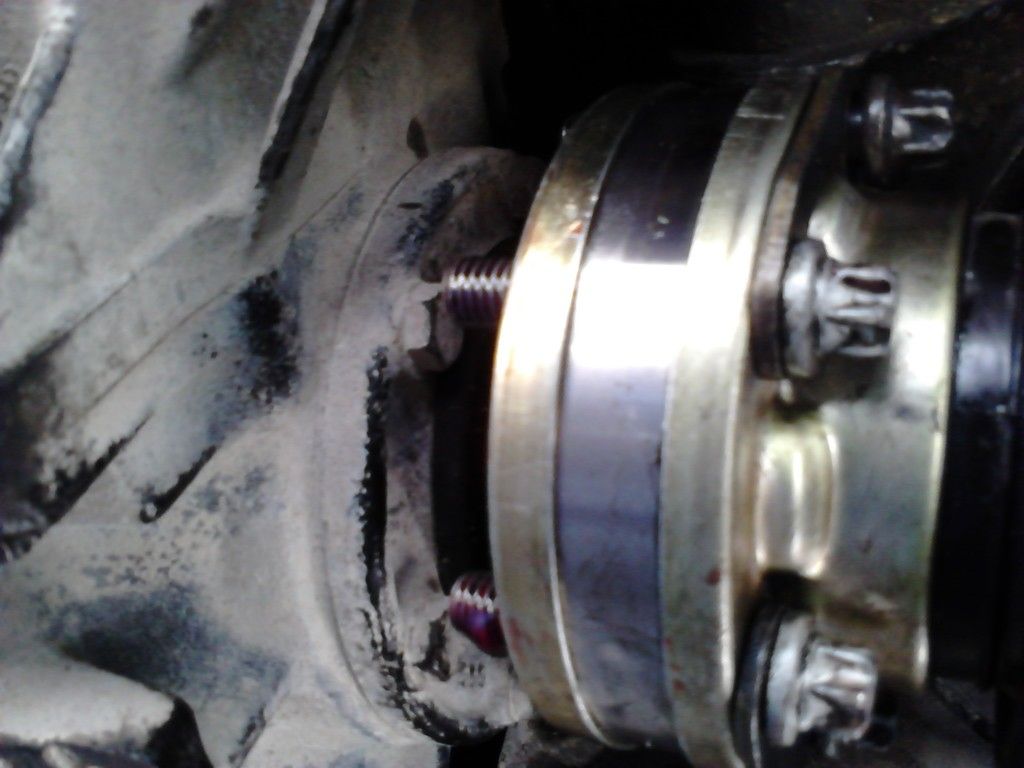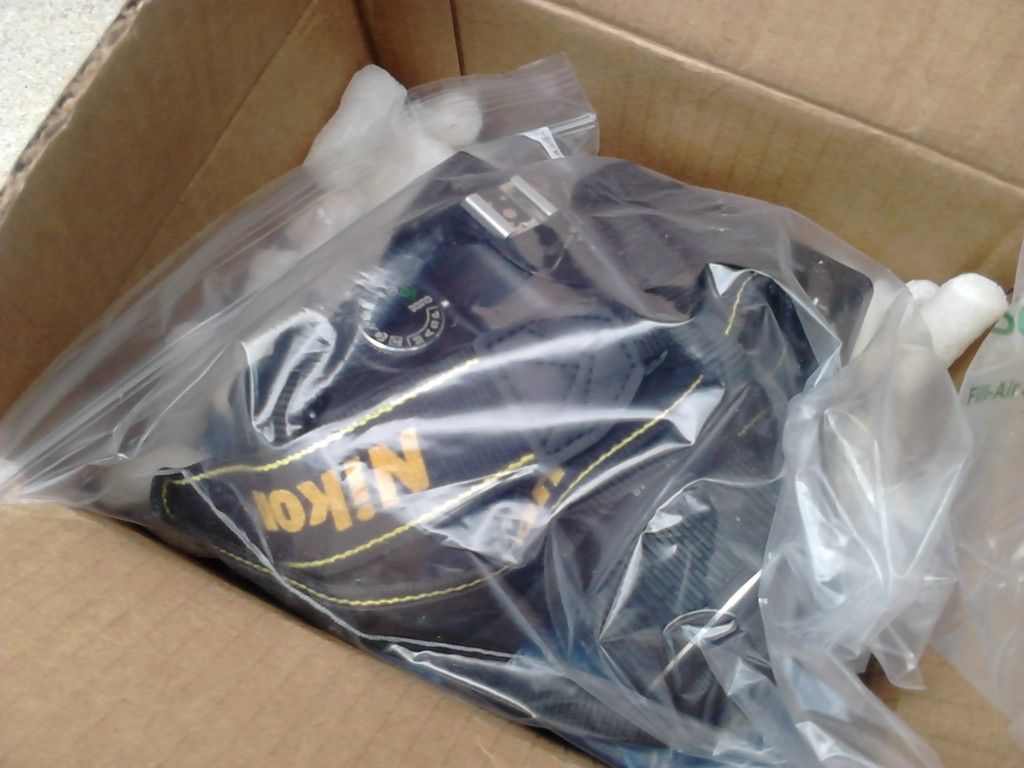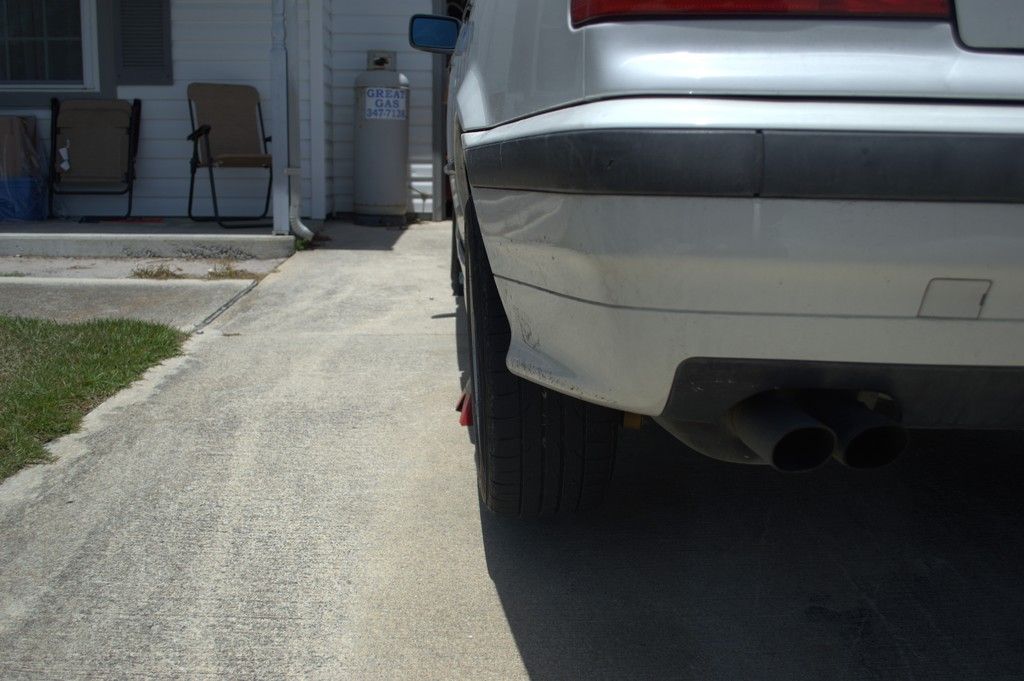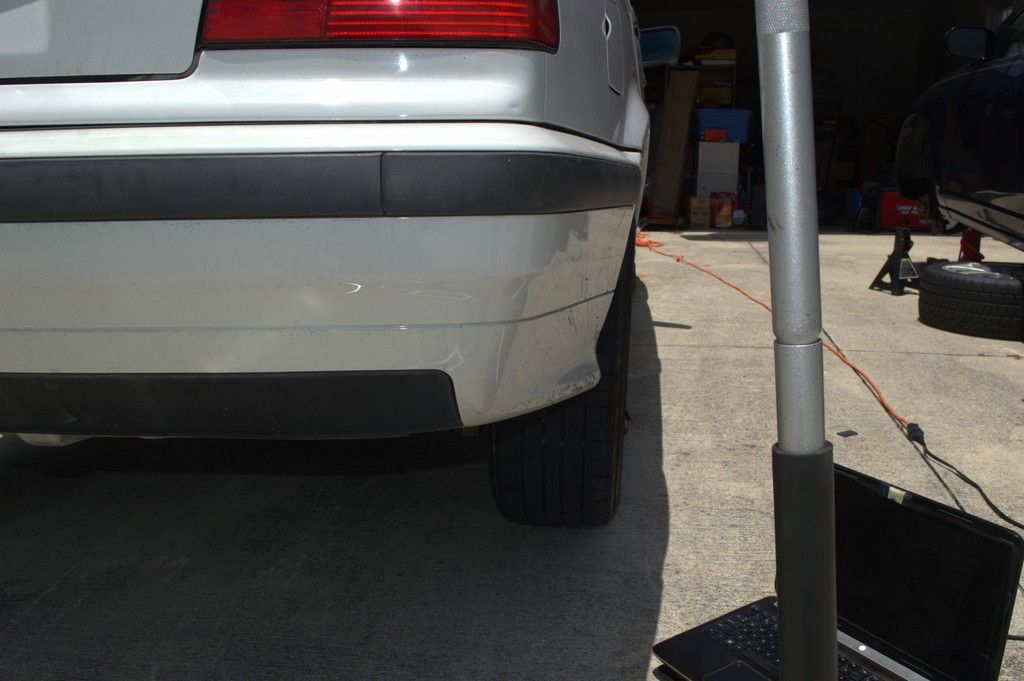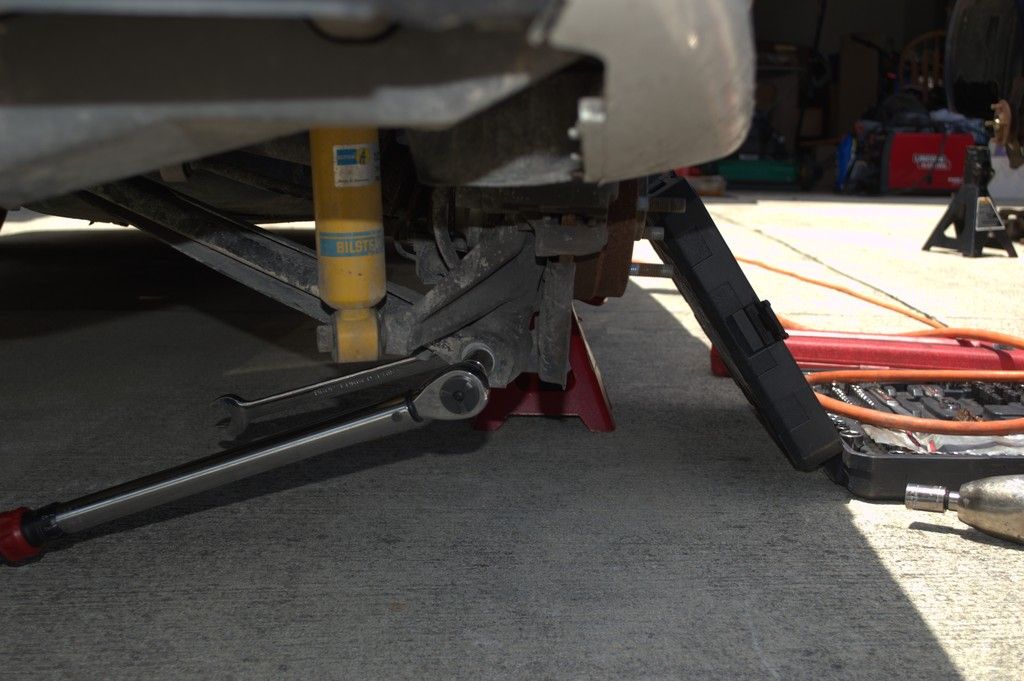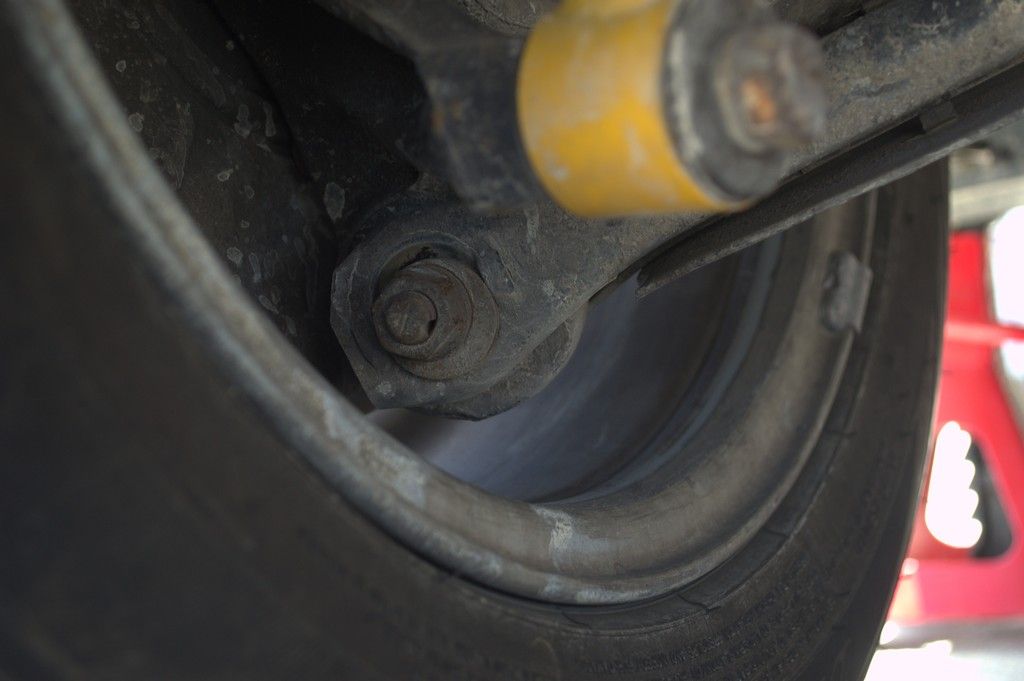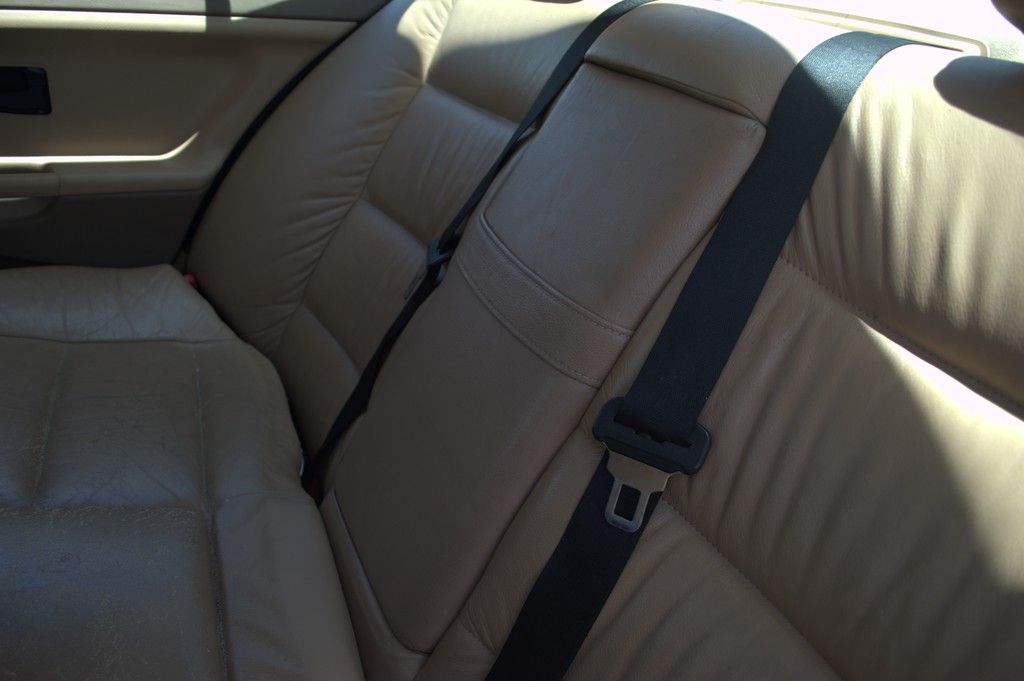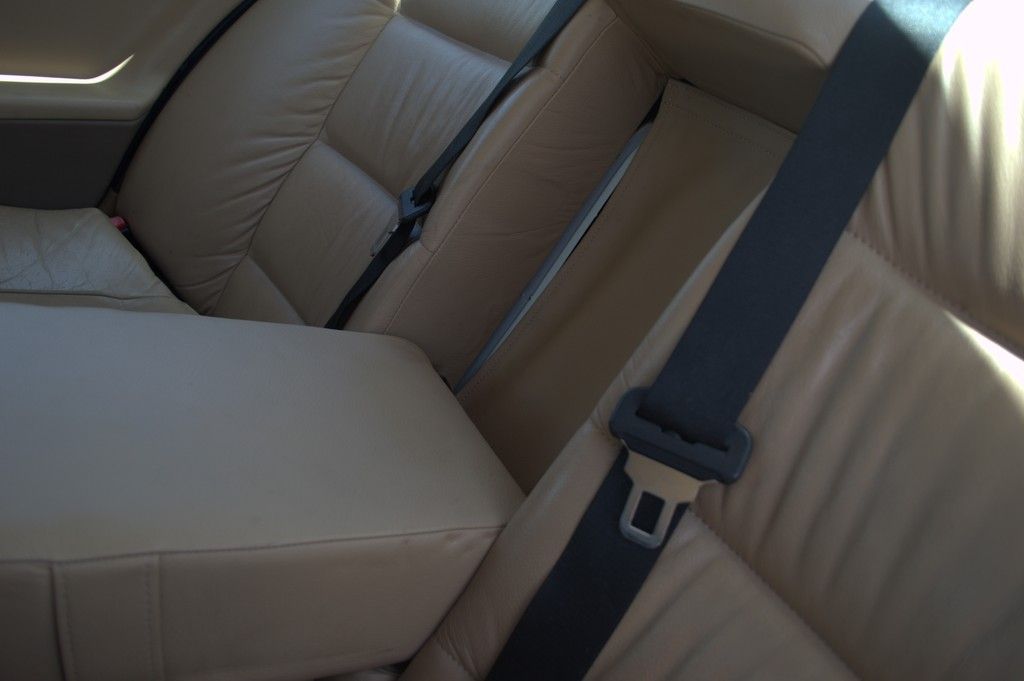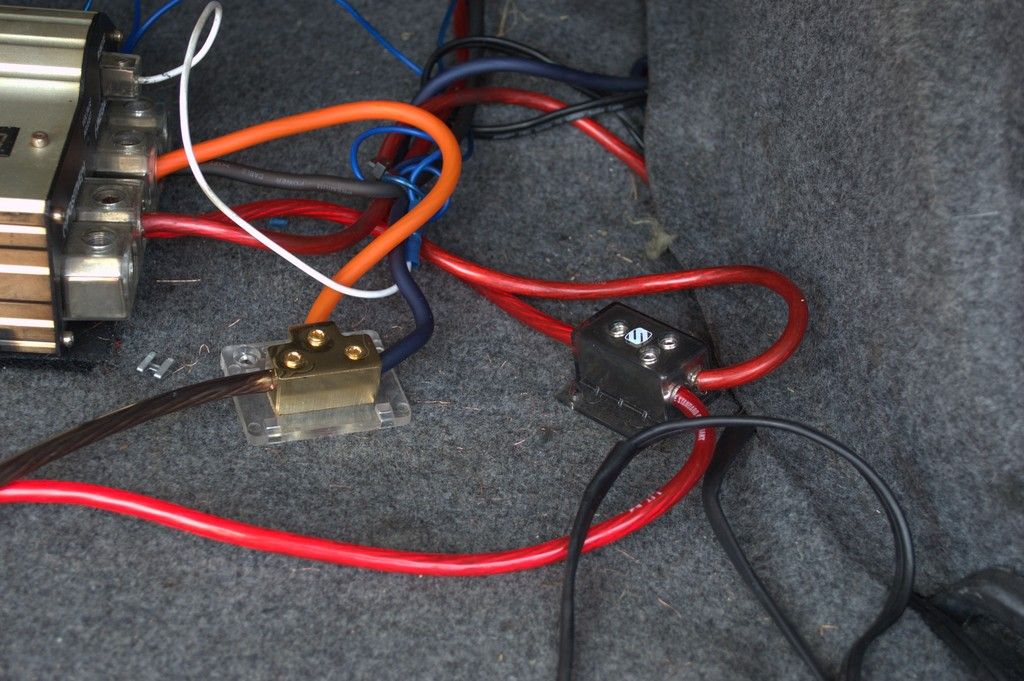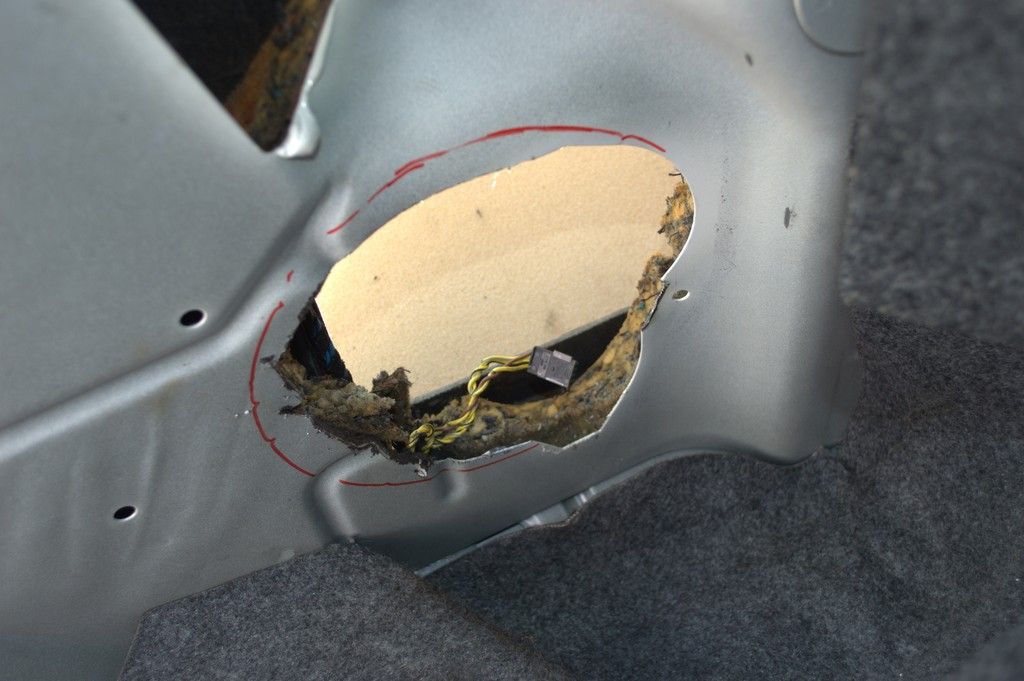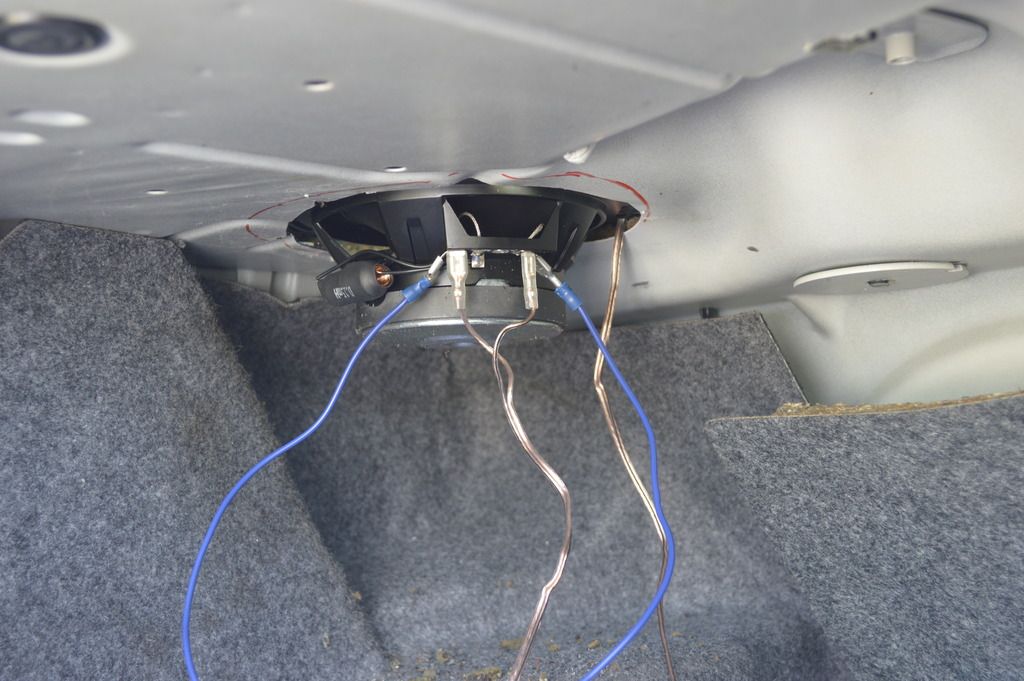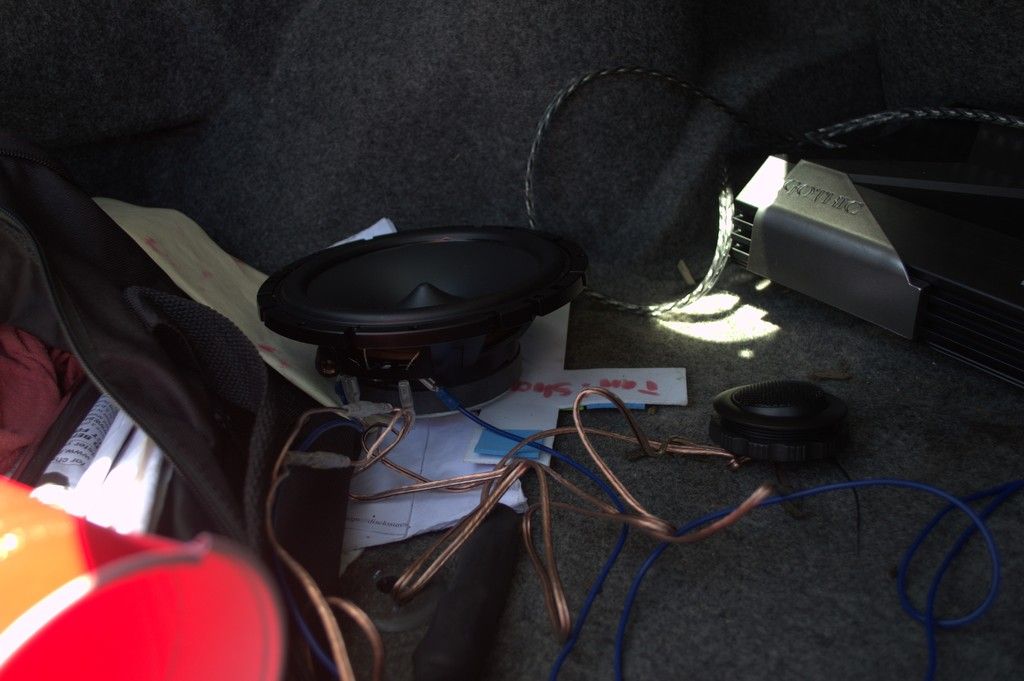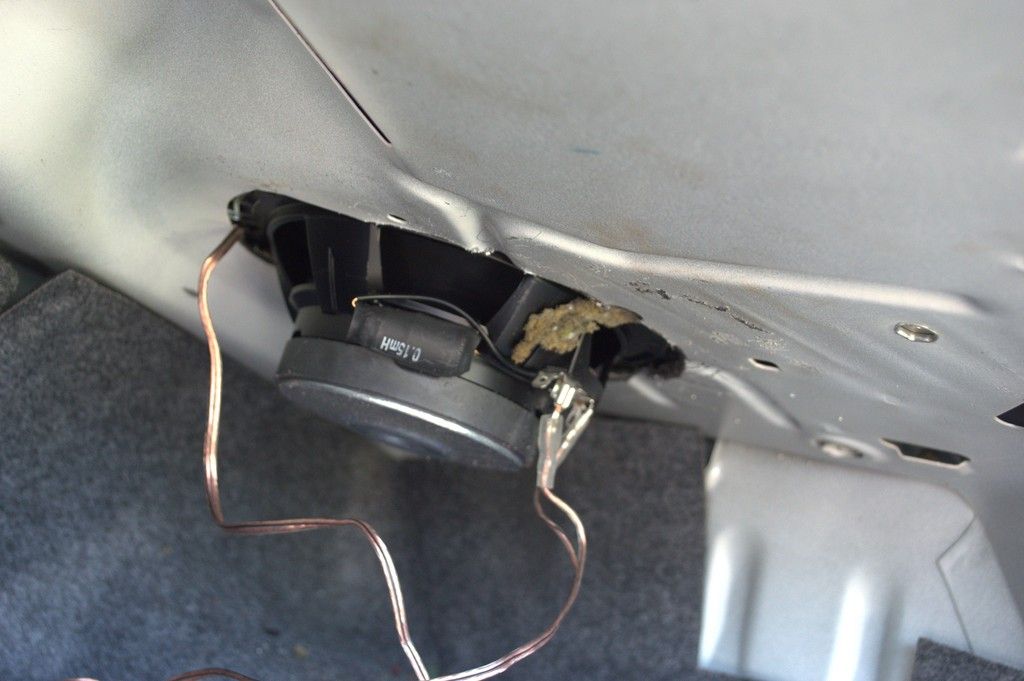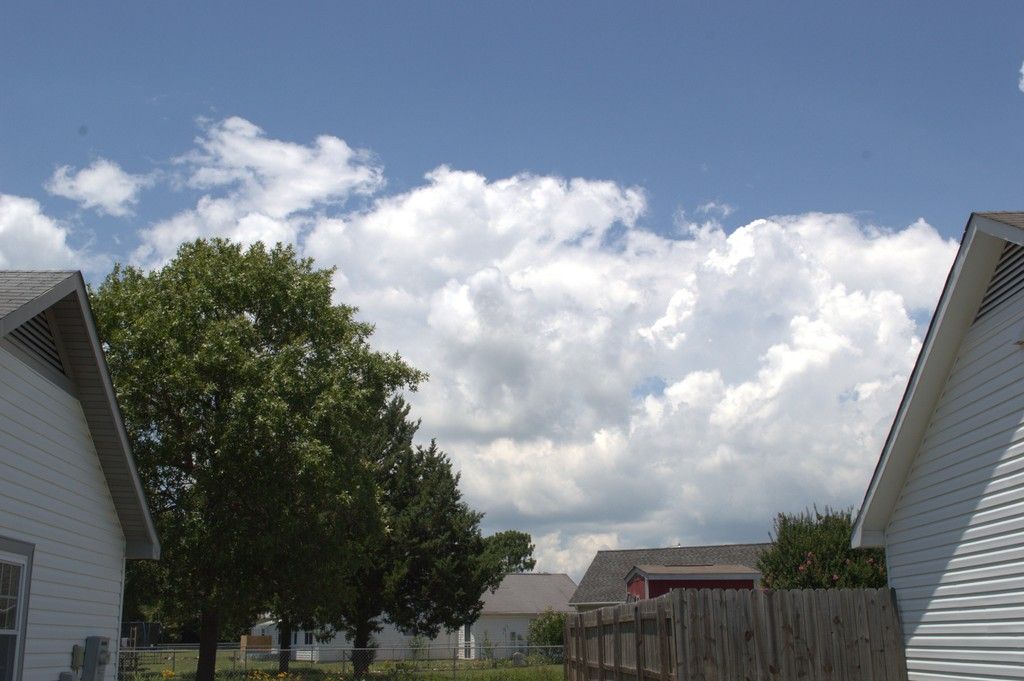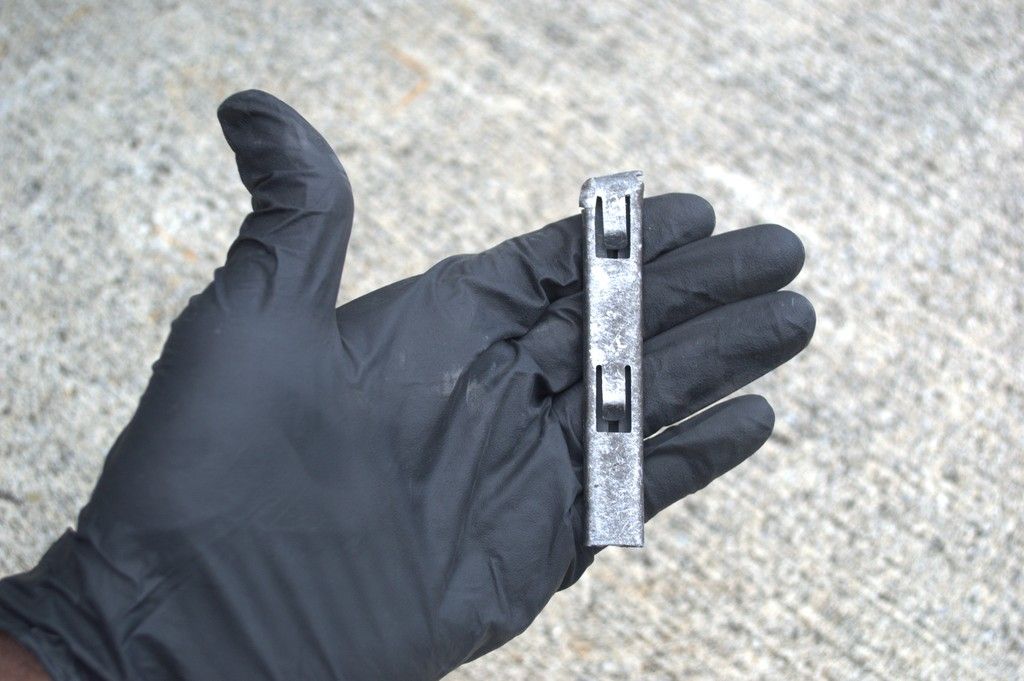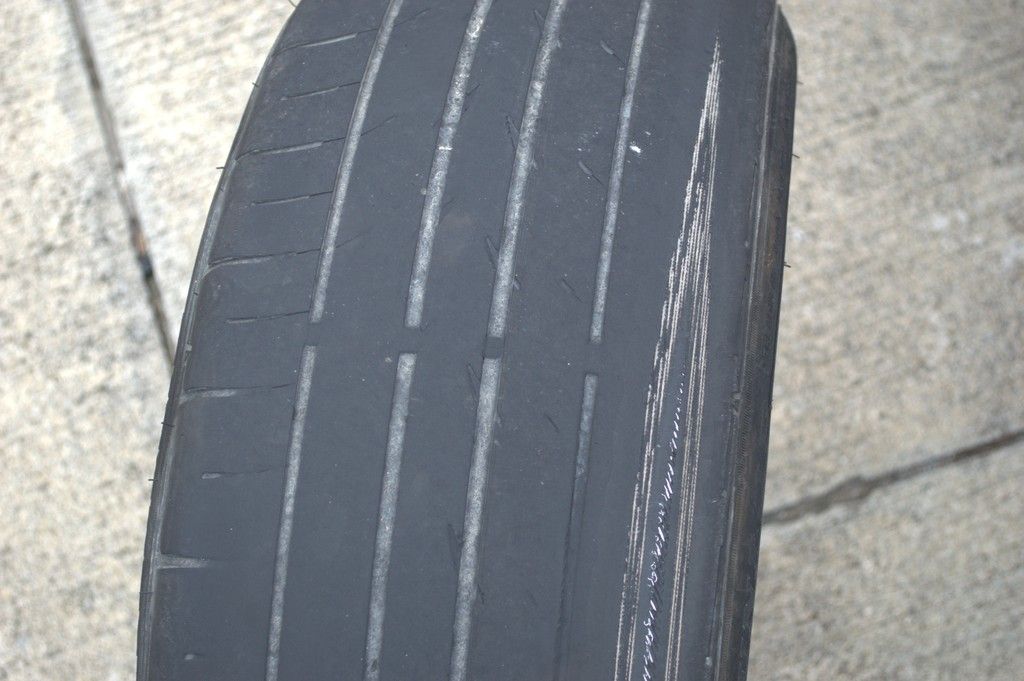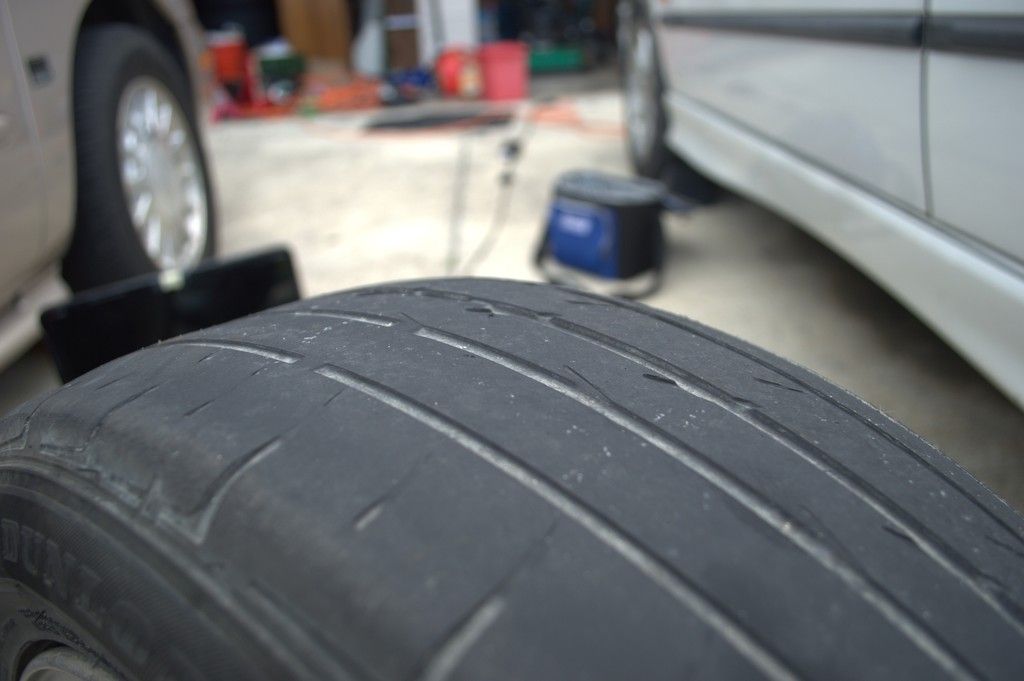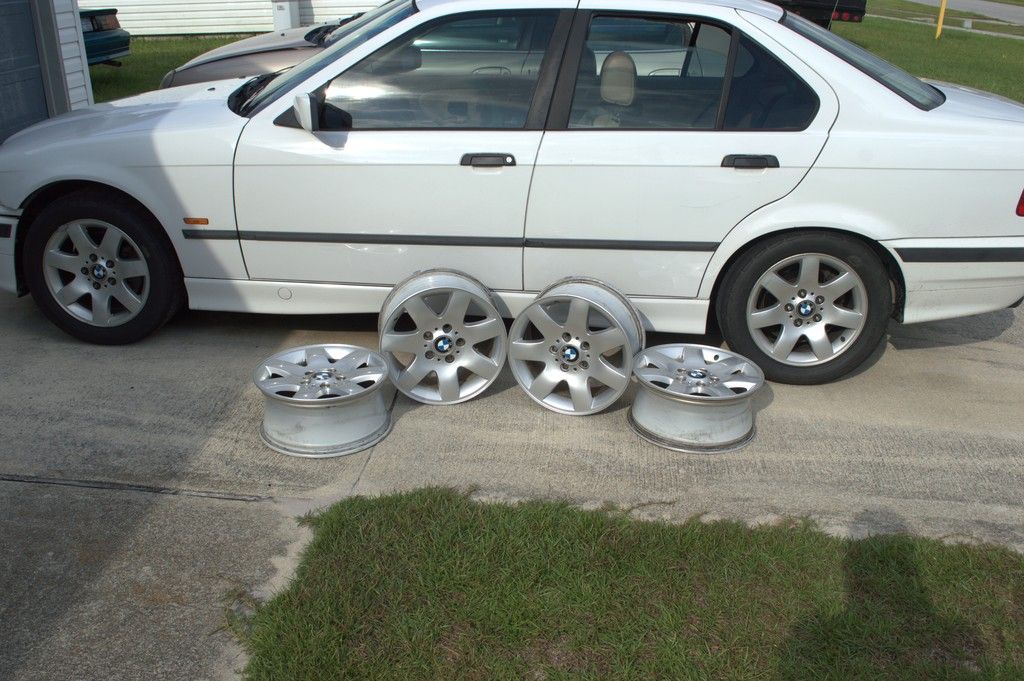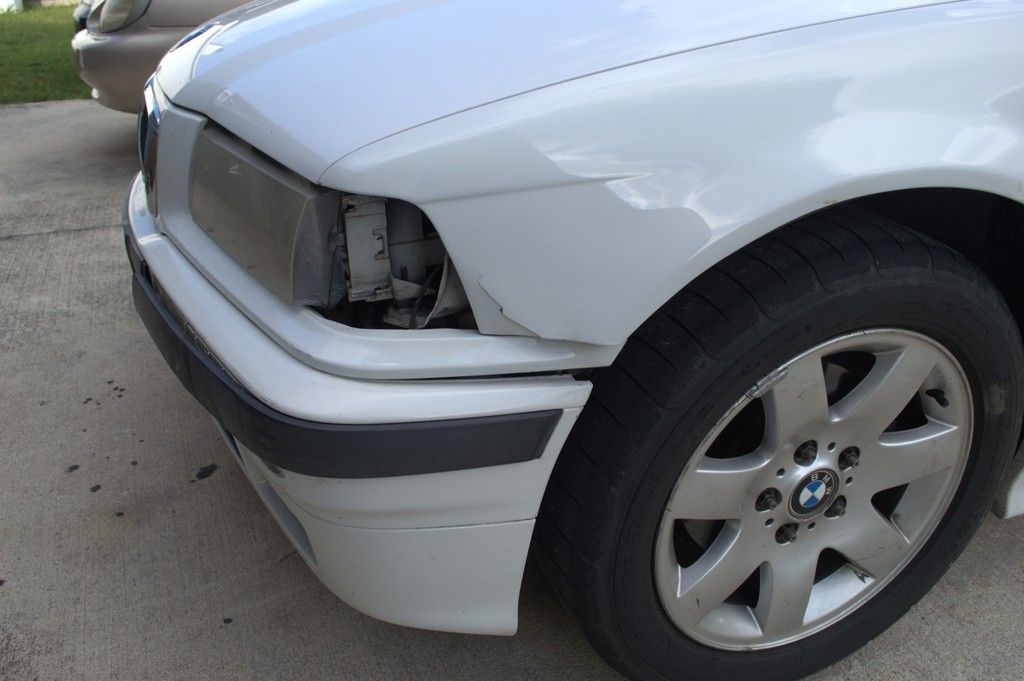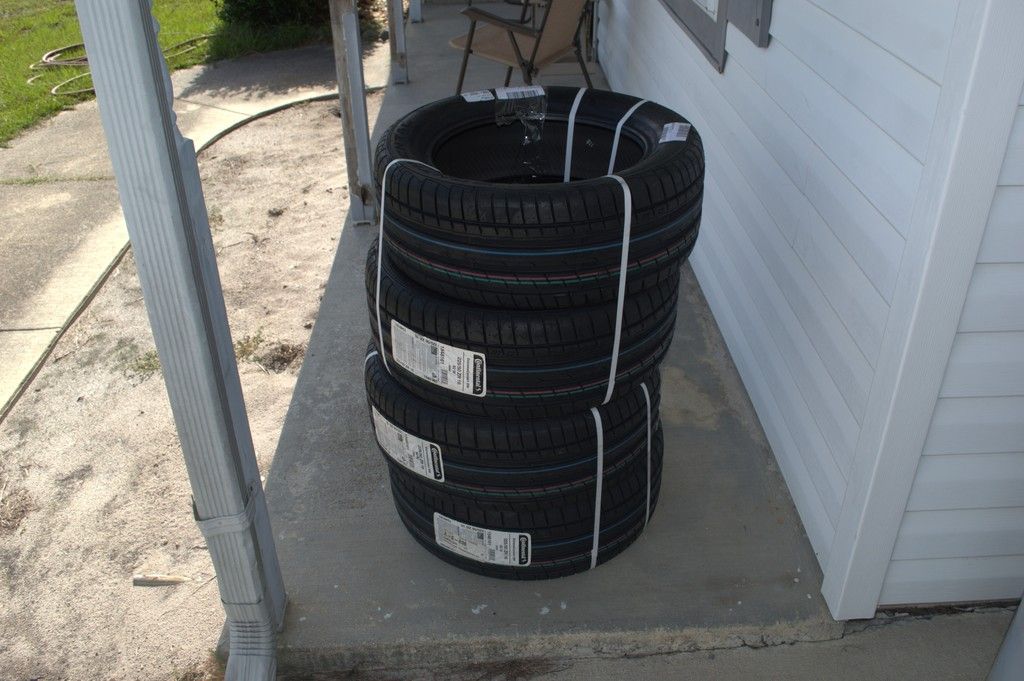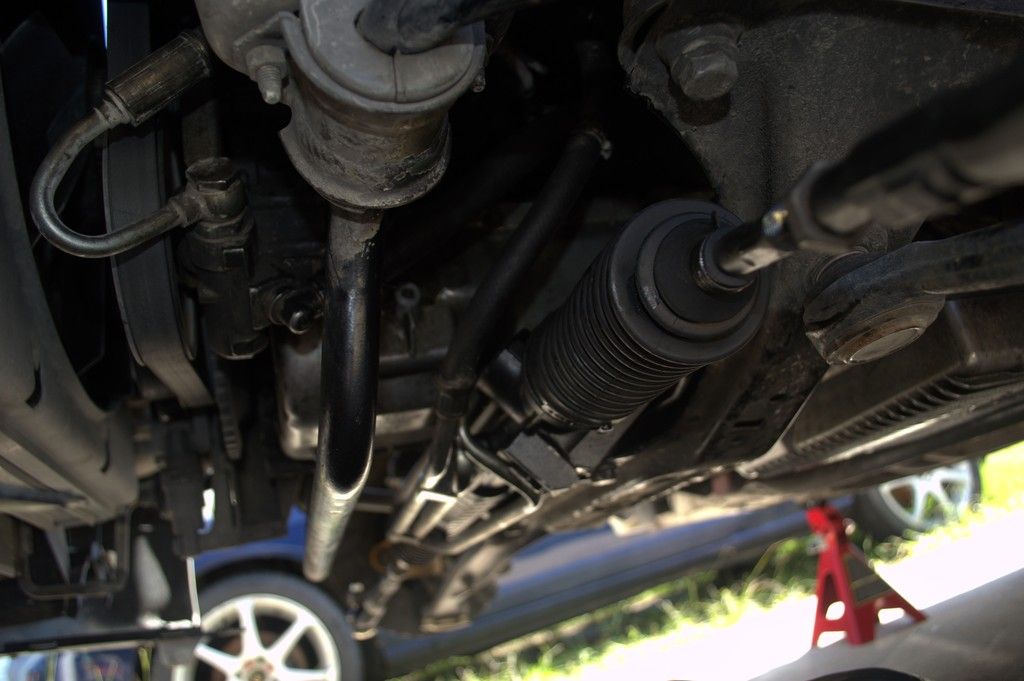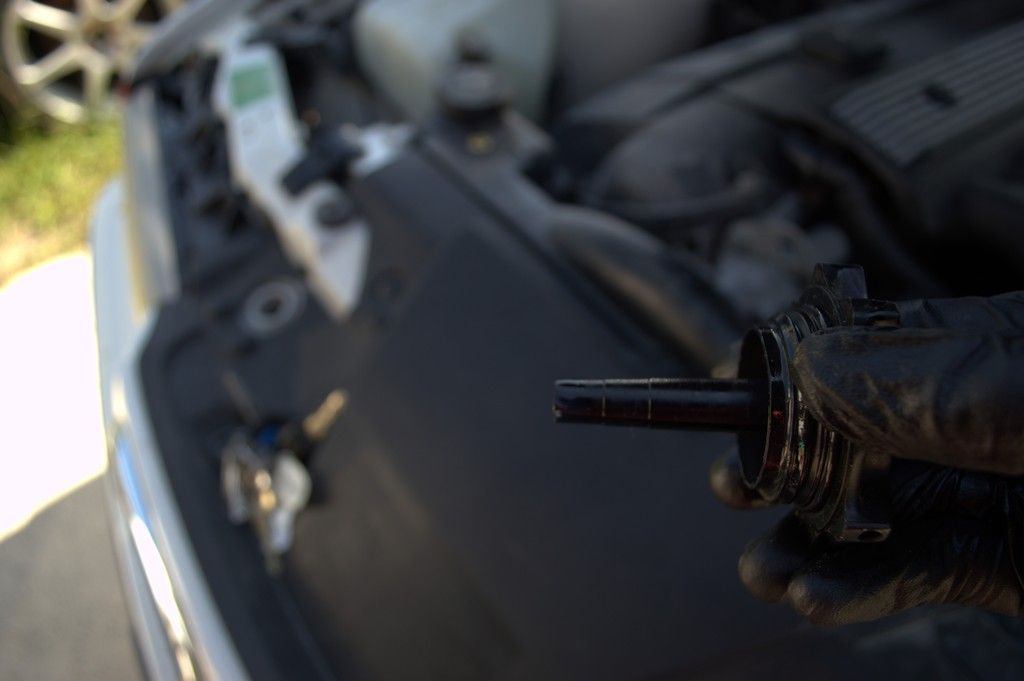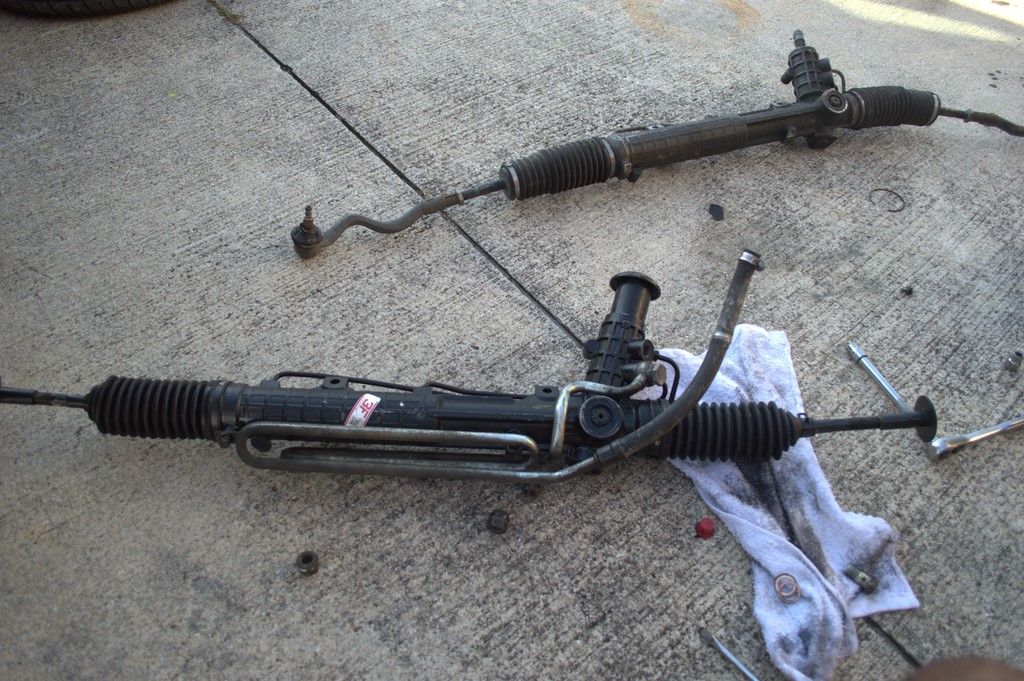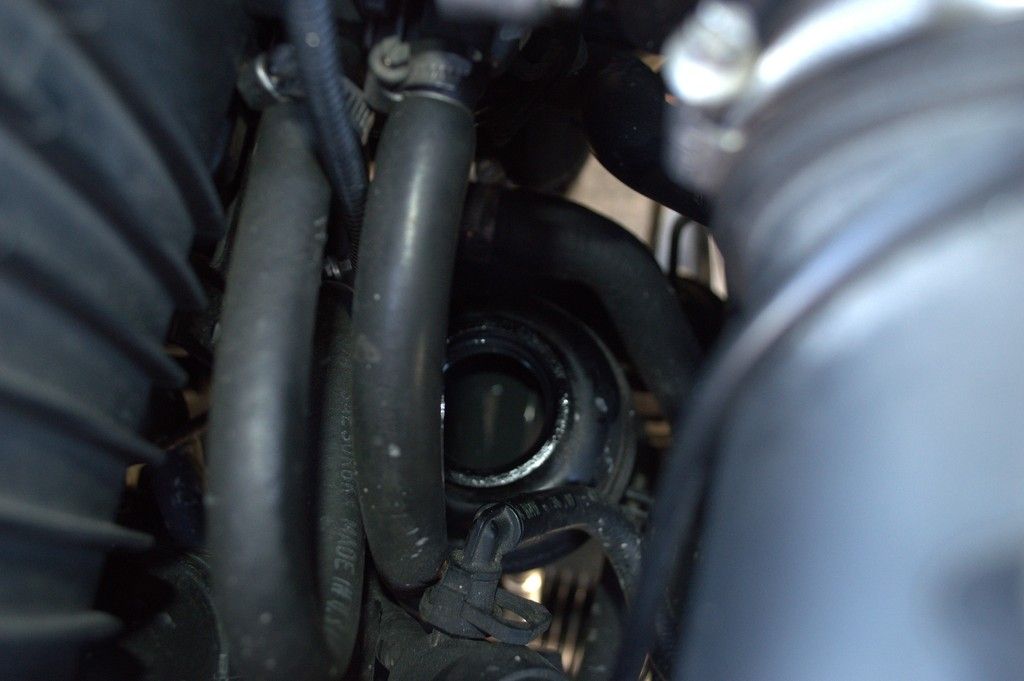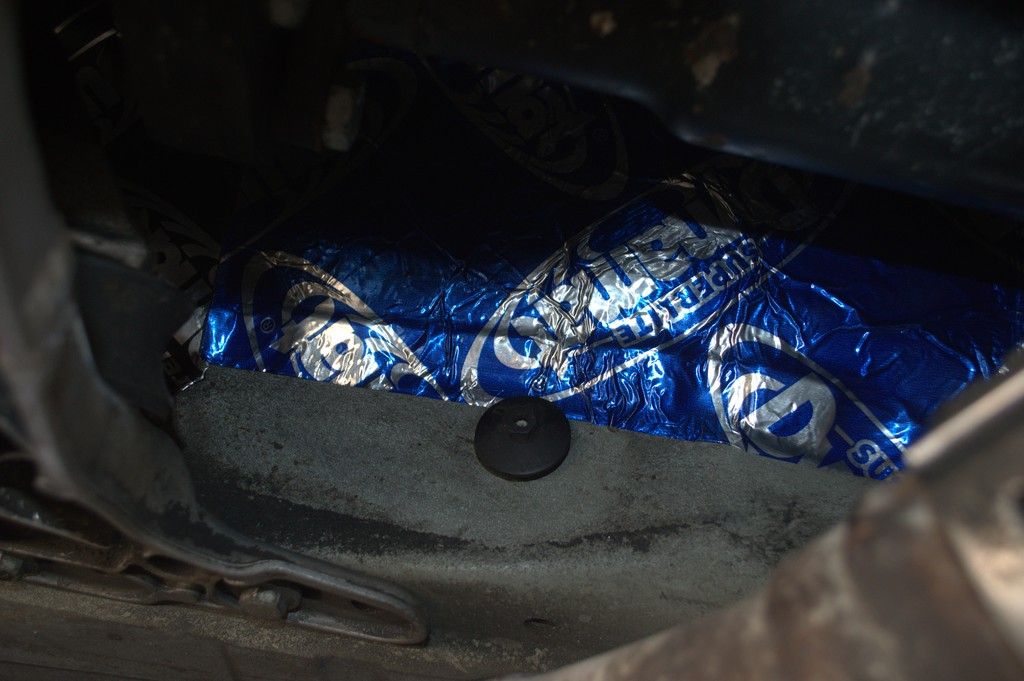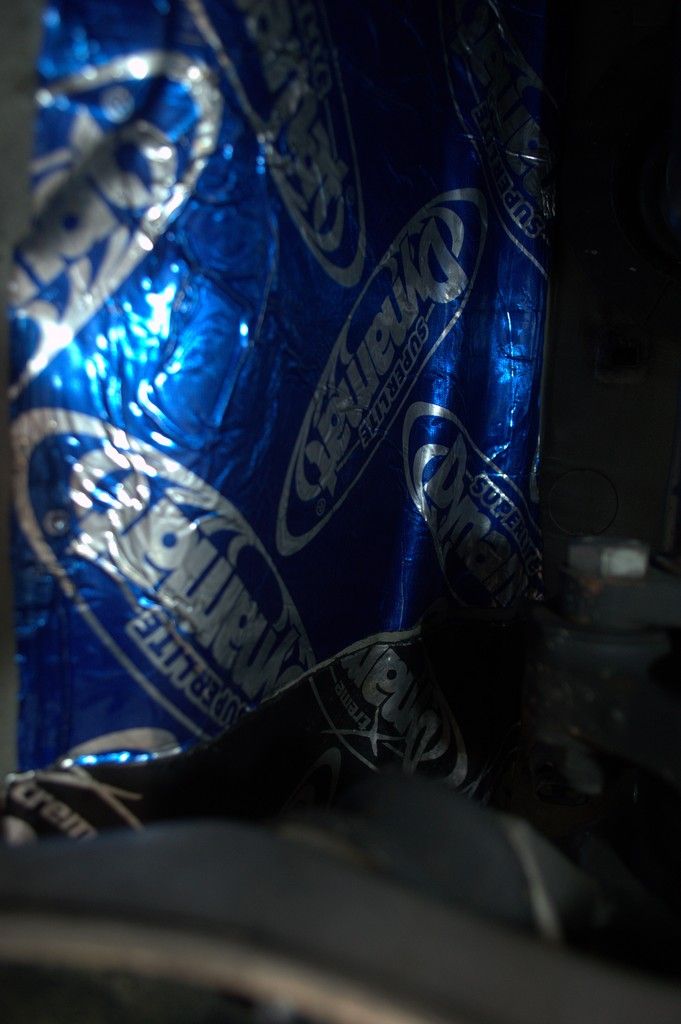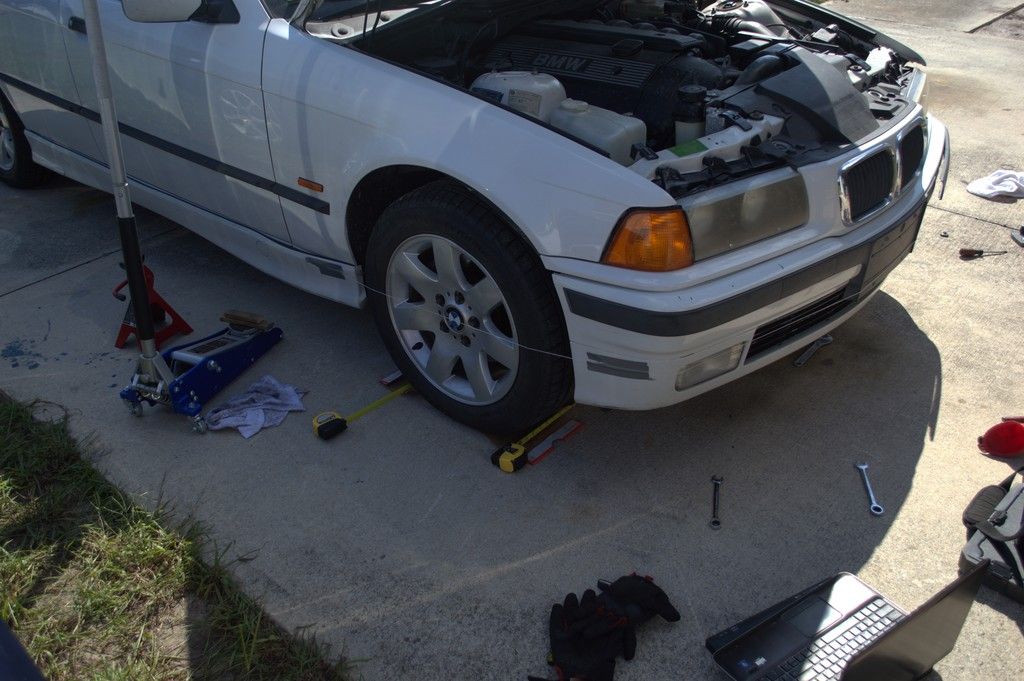I adjusted the rear camber by watching a video on Youtube on an E46. Thank goodness the rear suspension has the same setup. 
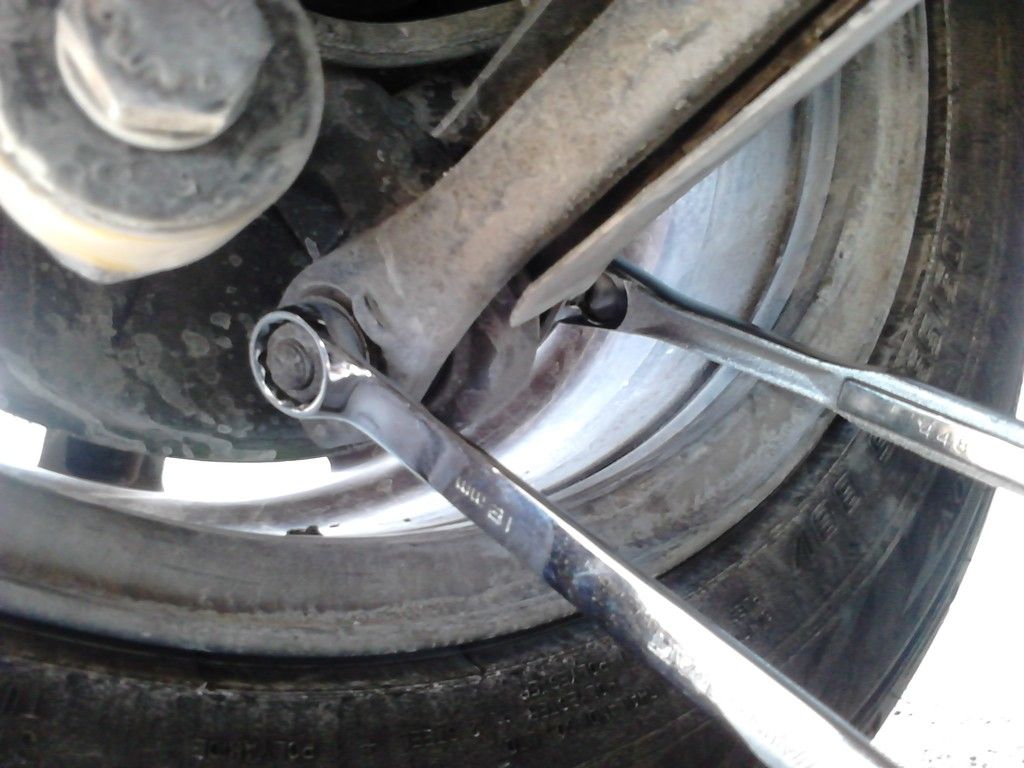
Loosen the nut with the wrench, and adjust the camber with the ratchet on the front.
This side has more adjustment for camber than the other; it must be a performance bolt while the other one is the OEM one.
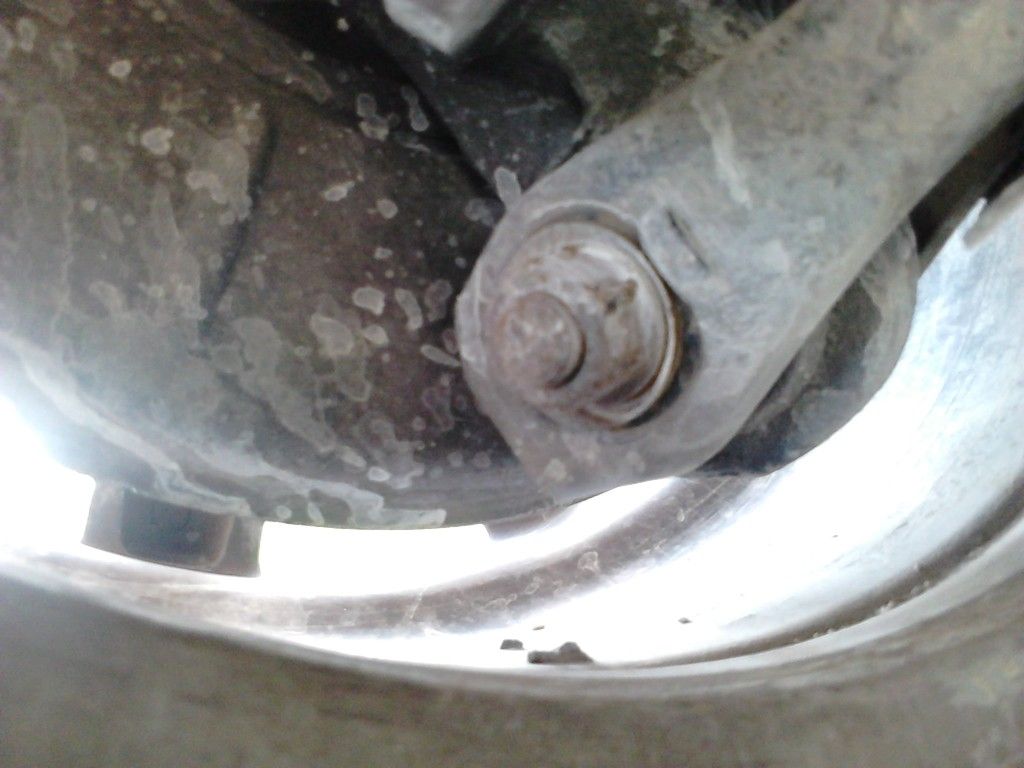
The first pic shows the bolt at close to full positive camber while the second shows the bolt at full negative camber. I had to eyeball it, but it looks fairly close, when looking at the wheel camber, that is.
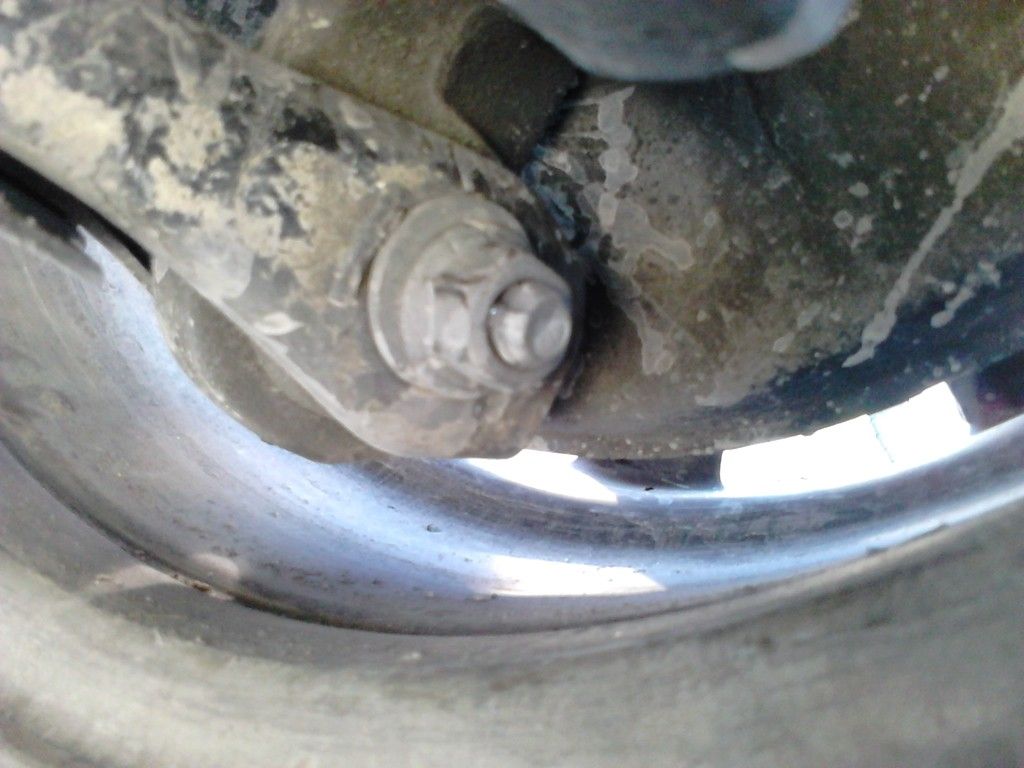
I also adjusted the rear toe by loosening the three bolts, and then tapping the housing with a hammer. After I did that, I found out that I could just pull the housing into position.  I estimated that the factory wouldn't allow a significant toe out setting, and I was correct.
I estimated that the factory wouldn't allow a significant toe out setting, and I was correct.

You can't tell in the pictures as well as in person, but there is some negative camber in the rear, and only a slight toe in.


I also heard some unusual noises in the front right wheel area, so I checked it out. I tried to tighten the wheel nut more, but it wouldn't go farther. I did actually punch it in the notch so it couldn't loosen up. I did find that only the passenger tire rubbing against the strut, so I changed one of the washers out for a thin one. It is a noticeable loss in camber, and the front end doesn't change direction as fast, either. However, the rear end does rotate more, so I don't want too much more front (-) camber than rear (-) camber.
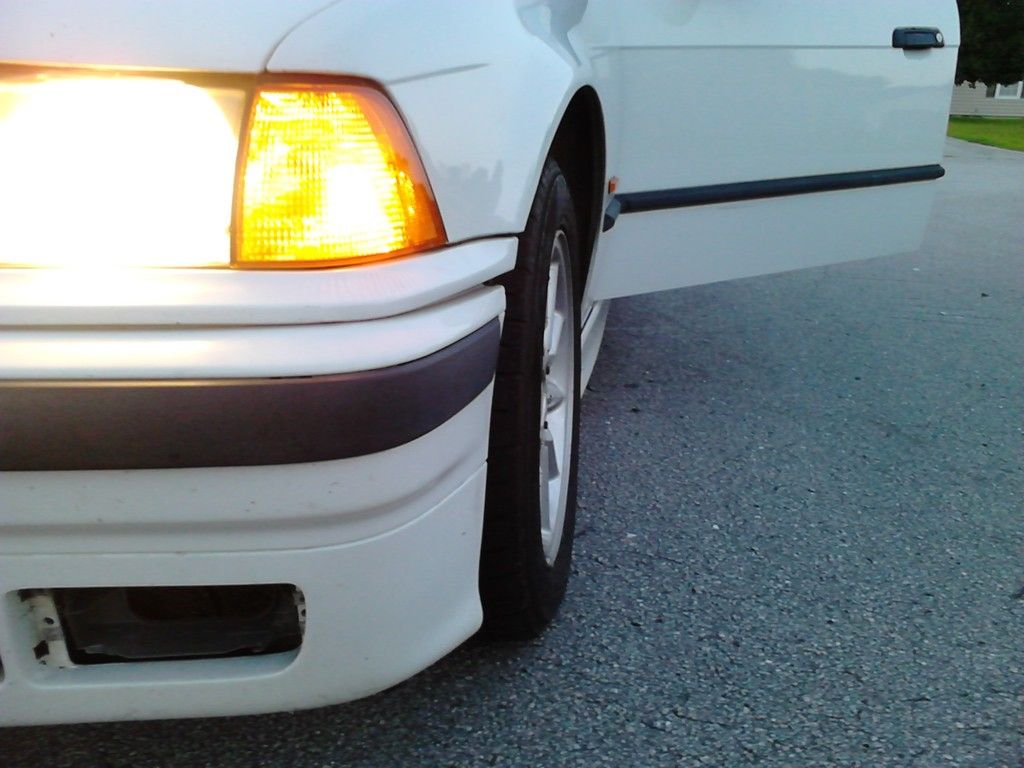
The car does change direction faster and easier than with the factory alignment, so that's cool. I can't wait until my organization's next race, but it's not until August.  The car is also less stable, especially going over bumps. Now, I appreciate stability more over rough roads.
The car is also less stable, especially going over bumps. Now, I appreciate stability more over rough roads.  It's a trade-off that I can live with.
It's a trade-off that I can live with.

